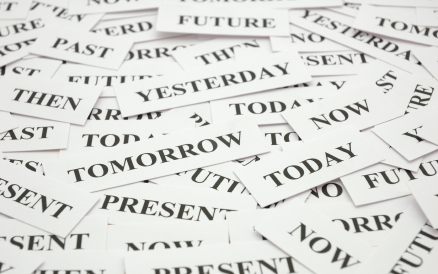Why Trust Statistics Can Be as Misleading as Crime Statistics
 In each pair, guess which city has the higher violent crime rate?
In each pair, guess which city has the higher violent crime rate?
Lexington, KY vs. New York City ___
Tucson, AZ vs. Los Angeles, CA ___
Tulsa, OK vs. San Jose, CA ___
St. Paul, MN vs. San Antonio, TX ___
Memphis, TN vs. Detroit, MI ___
Minneapolis, MN vs. Houston, TX ___
As you might have guessed, the data are a bit counter-intuitive. In each pair, it is the smaller City (listed first in each pair) that has the higher crime rate. Data are from the FBI and the US Census Bureau.
The FBI goes to some trouble to warn against using their data in precisely the ways I just did—to rank cities by their crime rates. The FBI says:
For example, one city may report more crime than a comparable one, not because there is more crime, but rather because its law enforcement agency, through proactive efforts, identifies more offenses. Attitudes of the citizens toward crime and their crime reporting practices, especially concerning minor offenses, also have an impact on the volume of crimes known to police.
They are quite right to warn. During the Nixon administration, the US government founded the Law Enforcement Assistance Administration within the Justice Department. On the statistical front, the LEAA developed the National Crime Victimization Survey, an antidote to the FBI’s Uniform Crime Reporting. The UCR had simply measured police reports; the LEAA took a survey approach, by contacting the whole population. Results varied widely, particularly in cities like Philadelphia, with police forces long suspected of under-reporting crime stats.
Trust Measurement and Definitions
Trust statistics are even more suspect than crime statistics, I suggest. In part this is due to definitional issues. On Edelman PR’s Tweetlevel tool, the New York Times twitter account scores 94.2 on trust—lower than Perez Hilton (94.3) and Justin Bieber (the King of Trust, at 97.5).
Trust Measurement and Volume vs. Frequency
But more importantly, human beings are likely to confuse buzz, spin and hustle with underlying reality; raw numbers with frequency.
Ask yourself: compared to ten years ago, with how many people outside your immediate family and co-workers do you interact daily?
|
# of Daily Interactions |
a. 10 yrs ago |
b. today |
|
Walking around |
||
|
Phone |
||
|
|
||
|
|
||
|
Twitter, Linked-In |
||
|
Customers |
||
|
Suppliers |
||
|
Industry |
||
|
Retailers |
||
|
Total |
||
|
Now:then (b:a) |
————- |
Go ahead, fill it in. And let us know what your two columns added up to, this could be an interesting social statistic. (My own scores were 43 vs. 225, for a now:then ratio of 5.23).
Your now:then ratio indicates the number of Trust-Pointä opportunities you have in a given day: in my case, over five times what I used to have.
My bet is that, on any given day, I will have more instances of distrust than I had ten years ago. And yet—on any given day, I will be disappointed by far fewer people proportionately than I was ten years ago.
Now: suppose I answer a trust survey that asks me, “How trustworthy do you find people these days?”
· How many of us answer “not as much as before” because we’re thinking of the increase in the absolute number of untrustworthy interactions?
· How many of us answer “more than I used to” because we’re thinking of the decrease in the frequency rate of untrustworthy interactions?
I honestly don’t know the answer to that one. Nor, I suspect, do the people answering the survey themselves. Which suggests, if anything, that the people doing the survey haven’t got much of a clue either.
Caveat statisticator!

Leave a Reply
Want to join the discussion?Feel free to contribute!